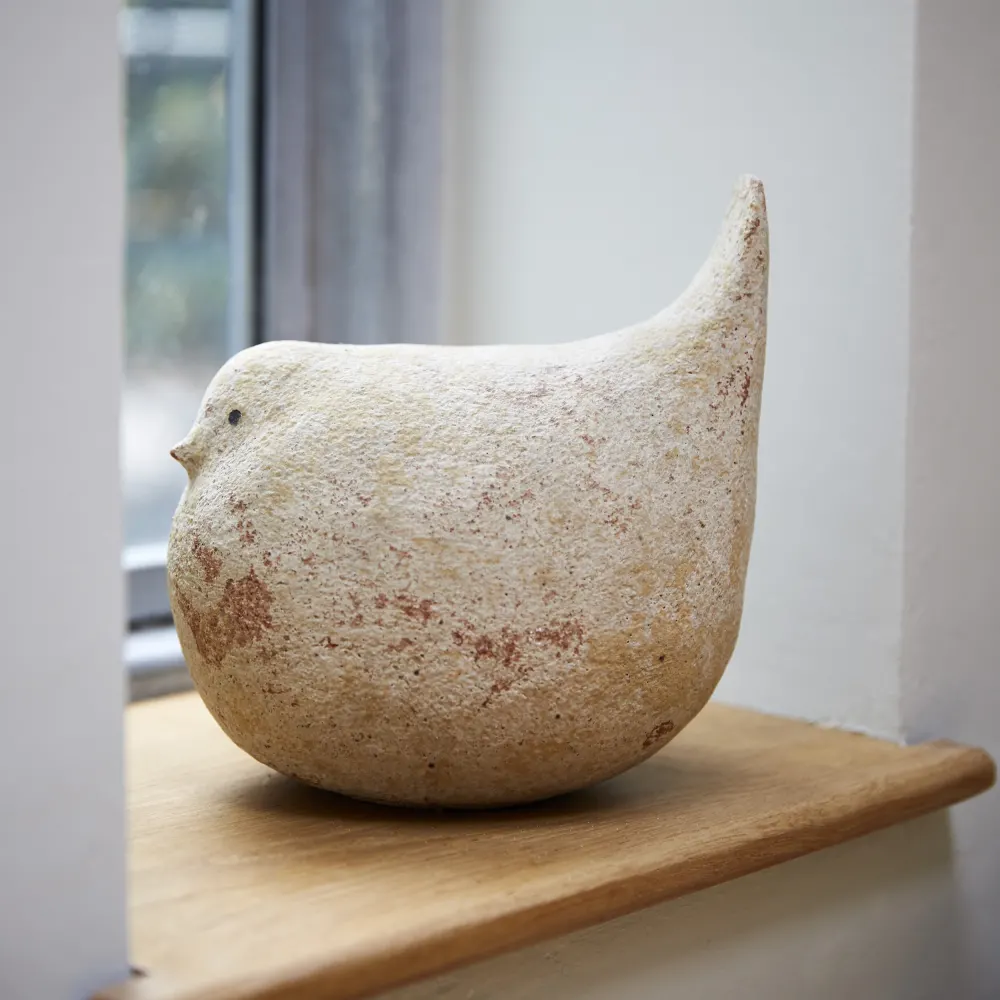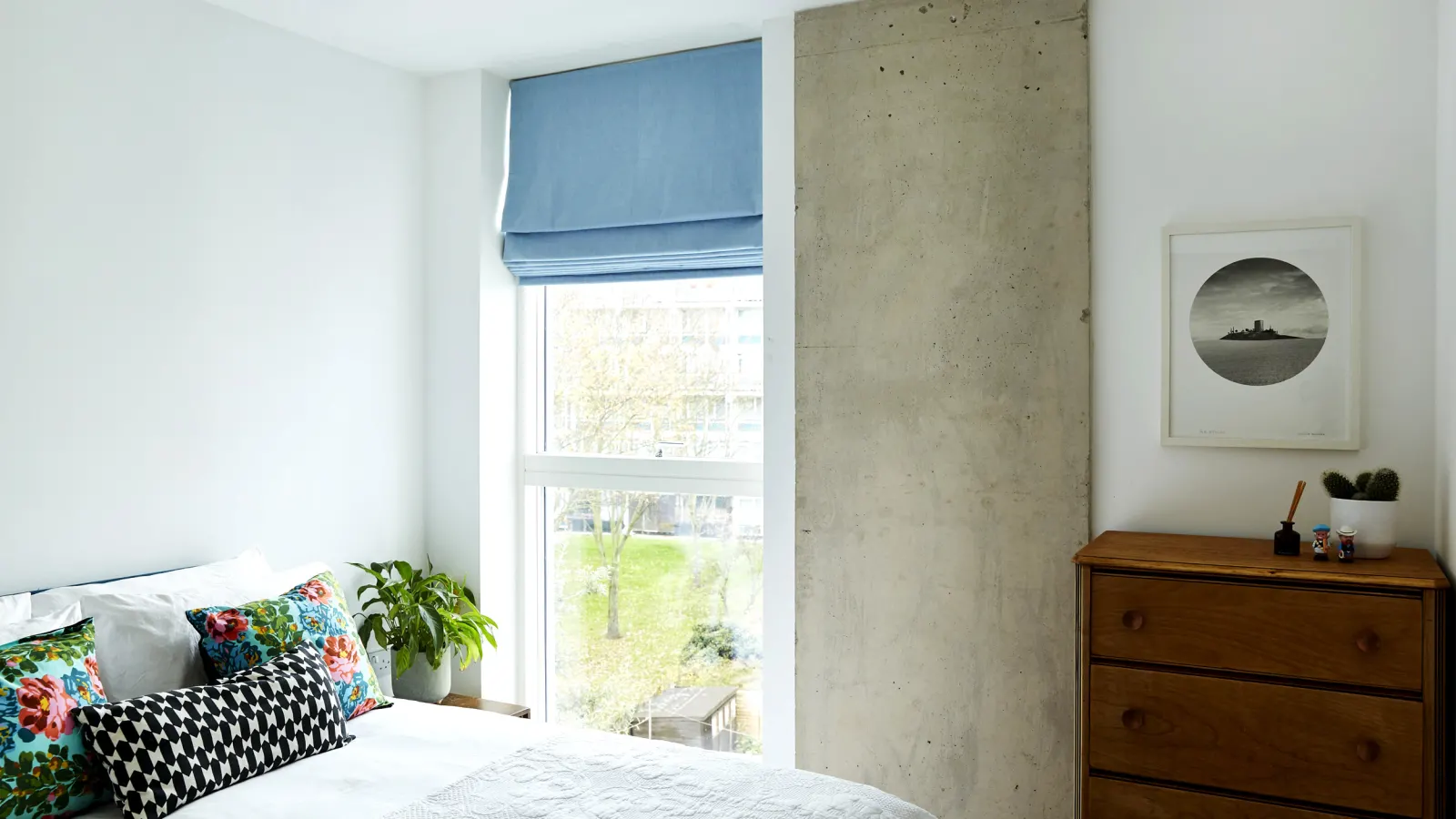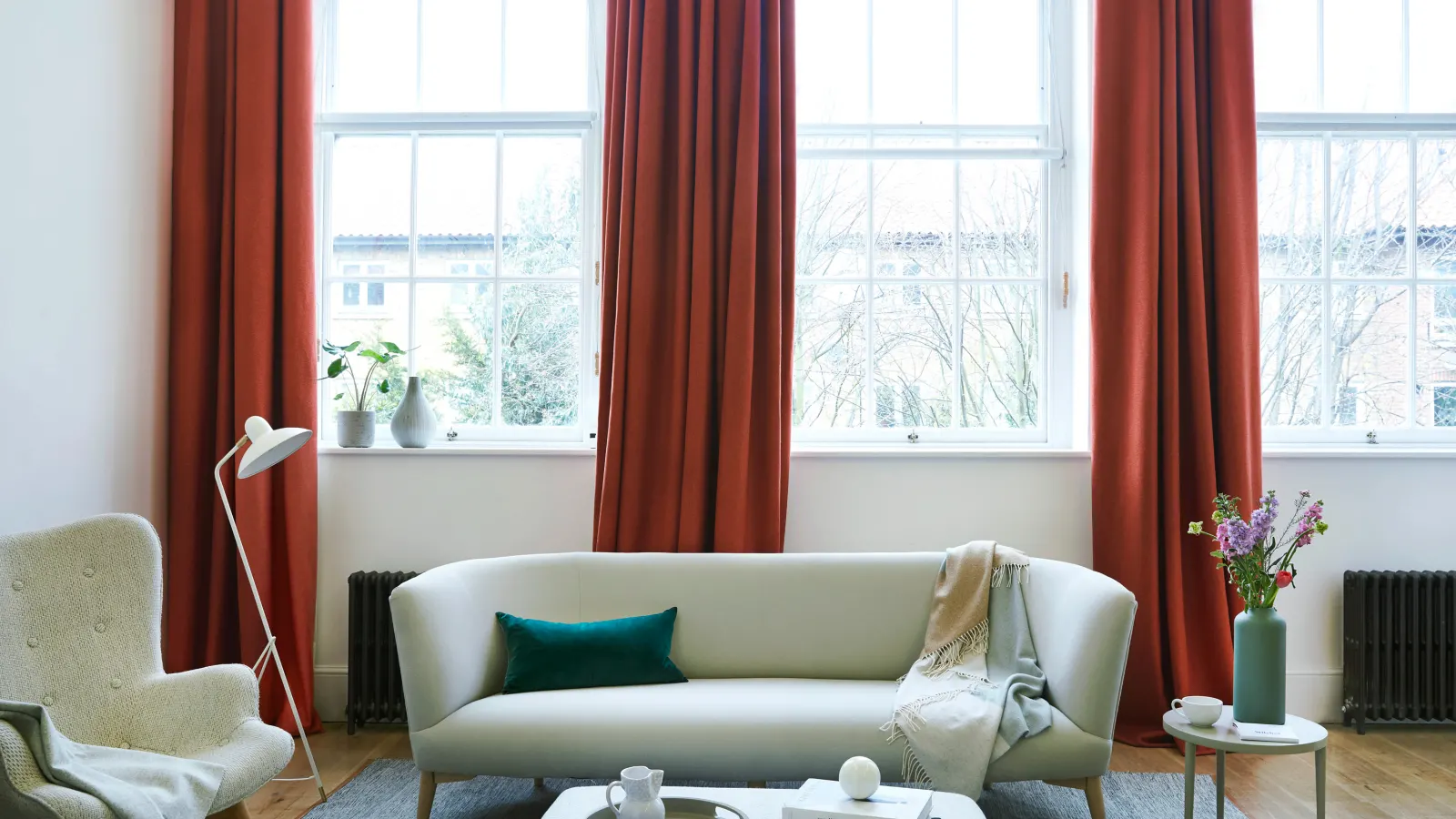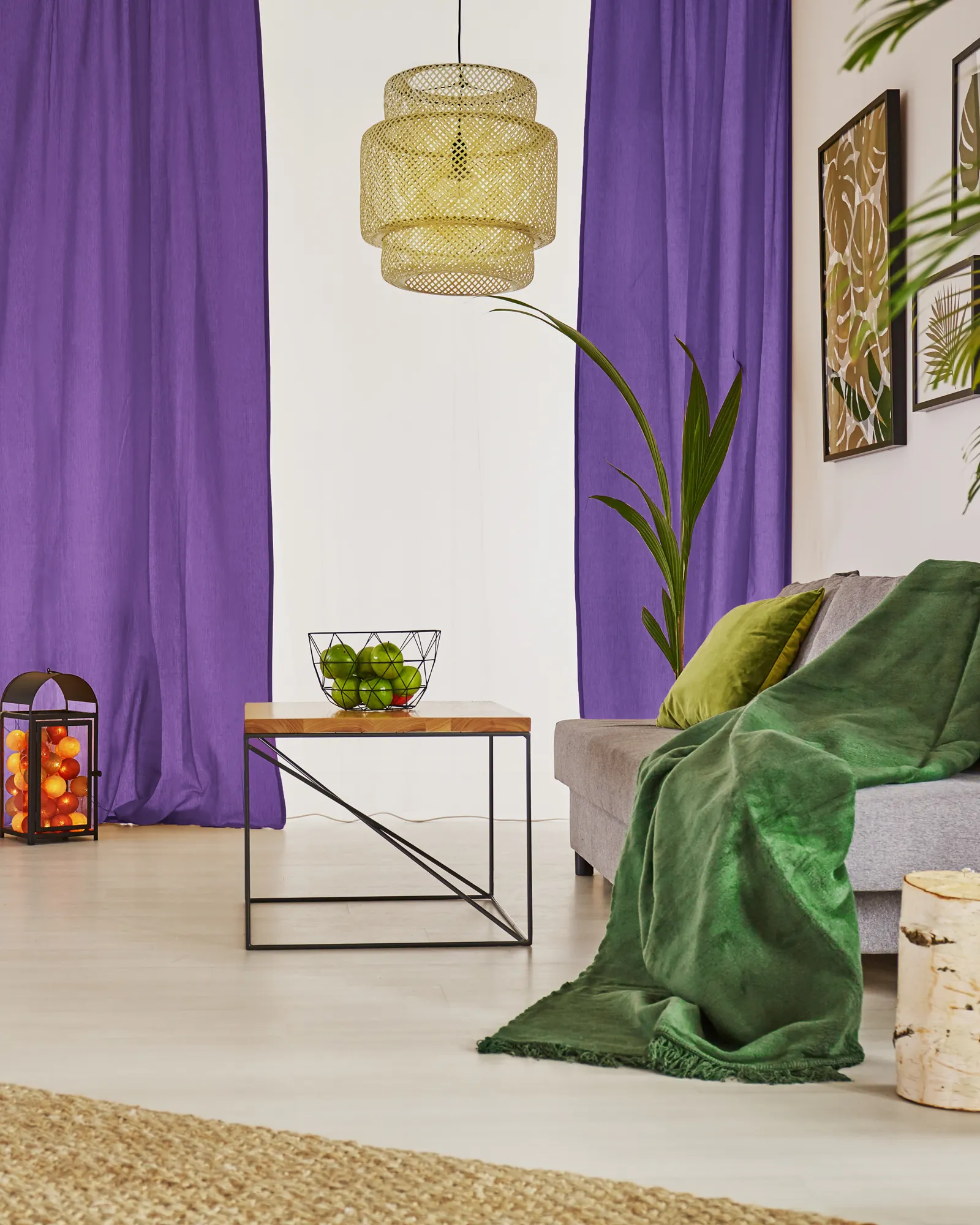Having spent much of 2020 indoors, you may well have decided that your home is in serious need of a revamp. Perhaps you’ve poured over magazines and social media seeking design inspiration and are now feeling overwhelmed by the choice available. Never fear; we’re here to help.
As we always say, our homes should be a true reflection of who we are and surrounding ourselves with things we love is sure to make us happy. The most characterful homes blend different styles rather than sticking rigidly to one but it’s helpful to be able to identify the core elements of key design aesthetics. That way you’re able to draw on what you like to create your own unique style. Here’s our list of the 6 styles to be aware of and (as we’re obsessed with curtains and blinds) the best options for windows in each case.









